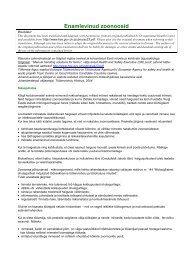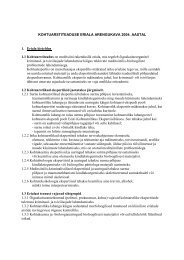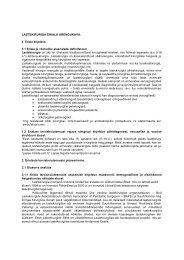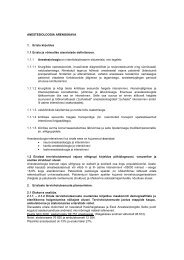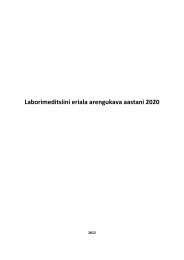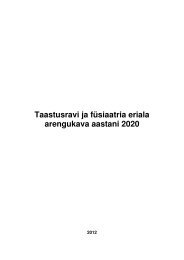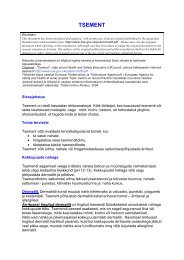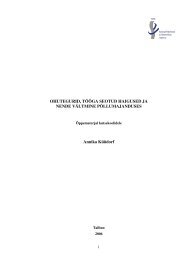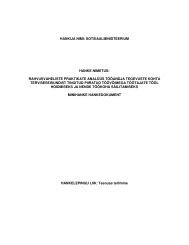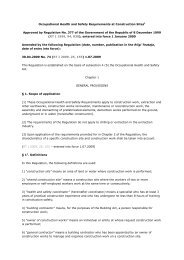SErIES IAEA HumAn HEAltH SErIES IAEA Hum
SErIES IAEA HumAn HEAltH SErIES IAEA Hum
SErIES IAEA HumAn HEAltH SErIES IAEA Hum
You also want an ePaper? Increase the reach of your titles
YUMPU automatically turns print PDFs into web optimized ePapers that Google loves.
There should be a radiographer responsible for a radiography image QA<br />
programme, with feedback to radiography staff. Regular image reviews and<br />
audits for all modalities should be performed and include:<br />
—Repeat rate and analysis of rejected films;<br />
—Peer reviewed critical evaluation of individual image quality by<br />
radiographers;<br />
—Evaluation of image quality by radiological medical practitioners.<br />
Critical evaluation can employ criteria such as the:<br />
(a) Image quality criteria for plain radiography, proposed by the CEC [13];<br />
(b) United Kingdom PGMI (perfect, good, moderate, inadequate) method of<br />
evaluation of clinical image quality in mammography [25].<br />
The reporting radiological medical practitioner is ultimately responsible for<br />
the radiological interpretation, and should be consulted if there are difficulties in<br />
obtaining the appropriate image quality.<br />
4.1.4. The imaging report<br />
The imaging report is integral with radiology practice, and all examinations<br />
should be reported by qualified and trained radiological medical practitioners/<br />
physicians, or trainee radiological medical practitioners/physicians under<br />
appropriate supervision.<br />
The report should include:<br />
—The referring medical practitioner’s name;<br />
—The patient’s name and unique identifier;<br />
—The clinical indications;<br />
—The title of the examination and the date of performance;<br />
—The body part examined and, as appropriate, any laterality;<br />
—A description of the examination technique and views taken;<br />
—A description of the imaging findings;<br />
—A comparison with previous examinations, as appropriate;<br />
—A correlation with complementary examinations;<br />
—The significance of the imaging findings;<br />
—Any correlation with clinical symptoms and findings, if present;<br />
—Conclusions and guidance to further patient management;<br />
—Untoward effects of the examination;<br />
—The name of the reporter and facility, and the date.<br />
35




